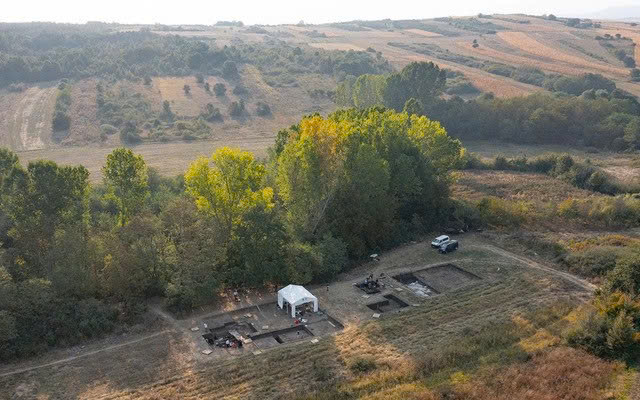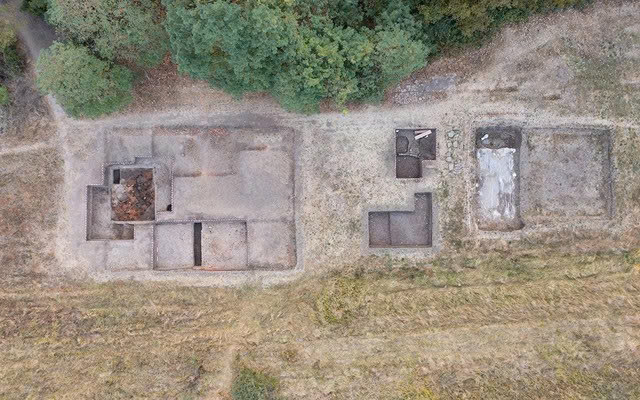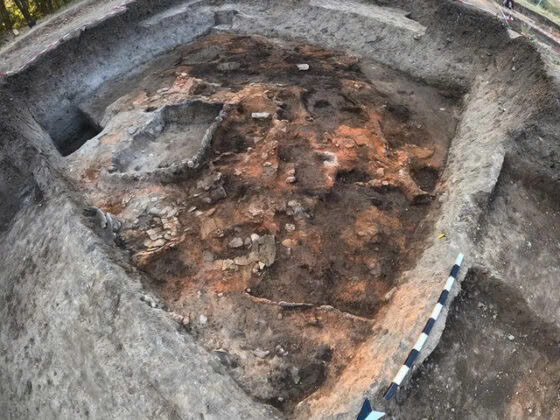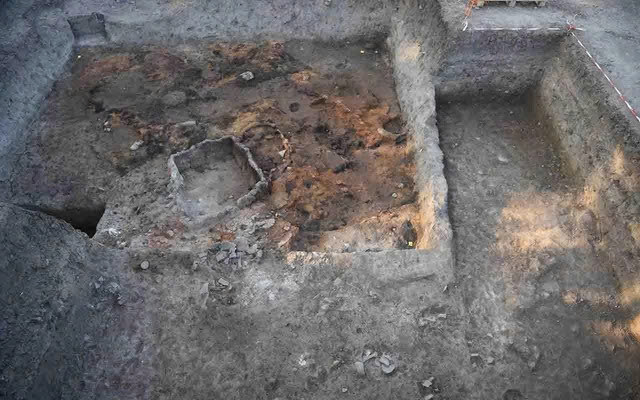In a groundbreaking archaeological discovery, researchers have unearthed an 8,000-year-old home in Serbia that is reshaping our understanding of Europe’s earliest agricultural communities. The remarkably preserved dwelling, dating back to approximately 6,000 BCE, provides compelling evidence that challenges long-held beliefs about the lifestyle of Neolithic settlers in the Balkans.
The Remarkable Discovery at Svinjarička Čuka

A joint expedition of archaeologists from the Austrian Academy of Sciences and Serbian institutions has uncovered a well-preserved rectangular home in Svinjarička Čuka, Serbia. The structure, built with wickerwork and wooden posts, offers a rare and intimate glimpse into the daily lives of the Starčevo culture, one of Europe’s pioneering farming societies.
What makes this discovery particularly extraordinary is its exceptional state of preservation. A fire that occurred thousands of years ago partially collapsed the structure, ironically helping to preserve it for millennia. Inside the dwelling, researchers found overlapping floors, various tools, and intact storage vessels—creating a perfect time capsule of Neolithic life.
A Stable Home, Not a Temporary Shelter

“This discovery fundamentally changes our understanding of early European farmers,” explains Dr. Barbara Horejs, scientific director of the Austrian Archaeological Institute. “For decades, we believed these communities were primarily nomadic or only seasonally settled. The evidence now suggests they built permanent homes with sophisticated food storage systems.”
The house contained designated areas for storing grain and seeds, definitively proving that these weren’t transient people but settled farmers who planned for the future. This directly contradicts previous theories that early Balkan settlers lived in temporary pit dwellings and moved frequently.
The Starčevo Culture: Architects of Europe’s Agricultural Revolution
The Starčevo people, who flourished between 6200 and 4500 BCE, were instrumental in Europe’s transition from hunting and gathering to farming. Part of the broader Starčevo-Körös-Criş cultural complex, these communities introduced agricultural practices that originated in Anatolia to the European continent.
Daily Life in a Neolithic Community

The artifacts recovered from the site provide fascinating insights into how these early farmers lived. Their tools and vessels reveal a community engaged in various activities from food preparation to crafting. The dwelling’s thoughtful design, with integrated storage facilities, demonstrates their advanced understanding of resource management.
“These weren’t simple farmers just learning to grow crops,” notes Dr. Horejs. “They were sophisticated planners who understood how to build for permanence and prepare for seasonal changes. Their homes were designed with specific areas for different activities, showing a remarkably modern approach to living spaces.”
Unanswered Questions and Ongoing Research
While this discovery has answered many questions about early farming communities, it has also sparked new ones. Researchers are now investigating the origins of these settlers—did they migrate directly from Anatolia, or were they influenced by interactions with local hunter-gatherer groups?
Video
Cutting-Edge Research Methods
To uncover more secrets from this ancient dwelling, archaeologists are employing advanced microarchaeological techniques. These include detailed sediment analysis, examination of botanical and zoological remains, and chemical soil analysis. These methods are helping to build a more comprehensive picture of how these early farmers lived, what they ate, and how they interacted with their environment.
Rewriting European Prehistory

The Svinjarička Čuka site has revealed multiple phases of settlement spanning the early and middle Neolithic periods, suggesting it was a significant hub for the Starčevo culture over centuries. This continuity challenges the perception that early agricultural communities were unstable or impermanent.
“What we’re seeing is a sophisticated society that established roots and flourished,” explains Dr. Horejs. “They weren’t just surviving—they were building a foundation for what would eventually become European civilization.”
This remarkable discovery doesn’t just provide a window into the past; it rewrites a critical chapter in human history, highlighting the ingenuity and resilience of Europe’s earliest farmers. As research continues at the site, archaeologists expect to uncover even more insights into this transformative period when humans first began to master agriculture and establish permanent communities across Europe.

